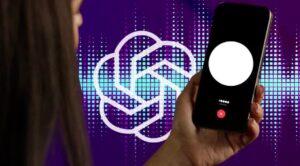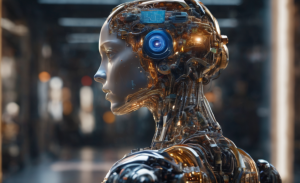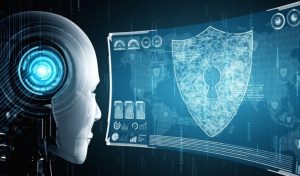Do neural networks really think like humans?
4 min readTable of Contents
Indeed, neural networks are built like the human brain, with thousands of algorithmic nodes processing data independently but in a coordinated manner.
But just because that resemblance exists doesn’t mean the AI developed human-like — or even god-like — thinking abilities. There are many differences between natural and artificial brains, both in structure and scope, which means we are far from AI approaching the power and complexity of the human mind.
Fast and powerful artificial intelligence
Artificial neural networks (ANNs) are useful in a variety of applications. Because they can break down complex data patterns and subject them to quick analysis, they are for fast-moving situations such as the operation of autonomous vehicles and real-time dialogues, it is more suitable than other types of artificial intelligence.
Most neural network architectures are made up of various layers, nodes, and functional elements that help them account for distortion, data loss, and updates, says Akash Takyar, CEO of digital solutions developer LeewayHertz.
In most cases, these designs are inspired by the neurons, synapses, and hierarchical structures of the human brain. Input data flows through each layer of the ANN, where it is processed and converted into some form of output—usually a decision, recommendation, or prediction.
In this way, it’s still a computer, processing bits and bytes, but the ways it uses to convert raw data into usable information are more complex.
brain training
Although this looks like a simulated human brain, recent studies suggest that this is not the case. A team at MIT recently examined more than 11,000 neural networks and found that they only exhibit the cell-like processing properties of human thinking when trained to do so.
Research associate Rylan Schaeffer explained:
“This suggests that the researchers training the models had to wrap these results with certain biologically implausible implementation decisions in order to achieve a grid cell result.”
Without these limitations, few networks evolved the cell-like activity that can be used to predict actual brain functionality, which evolves naturally with no preconditions.
This study suggests that data scientists should probably retract the claim that neural networks largely mimic the human brain. With the right parameters, they can produce results based on natural neural pathways, but even without these parameters, they can produce results without forming these brain-like architectures.
Ila Fiete, lead author of the study and a member of MIT’s McGovern Institute for Brain Research, said:
“When you use deep learning models, they can be a powerful tool, but you have to be very careful when interpreting them and determining whether they are really making de novo predictions or even shed light on what the brain is optimizing .”
Differences in learning
Another important difference between neural networks and living brains is the way they learn. According to Maxim Bazhenov, Ph.D. and Professor of Medicine at the University of California San Diego’s School of Medicine, KNNs overwrite old data when they receive new data while a brain continuously learns and incorporates new data to achieve better understanding.
This causes neural networks to experience a phenomenon known as “catastrophic forgetting,” causing them to suddenly fail to perform previously known tasks or change once-accurate predictions.
Oddly enough, one of the solutions to this problem is to build a simple biological function into the artificial model: sleep.
By alternating the training routine between spikes of new data and offline periods, the researchers see a decrease in catastrophic forgetting as the model recalls old memories without using old training data. This mimics the same type of “synaptic plasticity” that occurs during sleep.
Little Brains
Despite these similarities, the fact remains that the human brain is far more powerful than even the most advanced neural network.
When researchers at the Hebrew University in Jerusalem wanted to find out how complex a neural network would have to be to match the computing power of a single human neuron, they were shocked by the results. While some neurons correspond to “shallow” neural networks, i.e. they do not have a highly layered architecture, the neurons in the cerebral cortex required deep, seven-layer networks, each tier contains up to 128 compute units.
And that for a single neuron. In an average brain, there are more than 10 billion neurons, each of which requires deep networks of five to eight layers. Against this background, computer science still has a long way to go before it can create an artificial equivalent of the human brain.
The abstract
However, this does not mean that AI is a false promise or that caution should not be exercised in its development and implementation. Even an artificial reptilian brain can do significant damage if left unchecked, just like a crocodile.
It does mean, however, that the artificial intelligence we have today, even if modeled after the human brain, is still in its infancy and falls far short of the intuitive, intellectual acuity of our minds.
Far from being a threat, artificial intelligence can vastly improve our innate cognitive abilities — and yes, just like a natural brain, these abilities can be used for good or ill.






